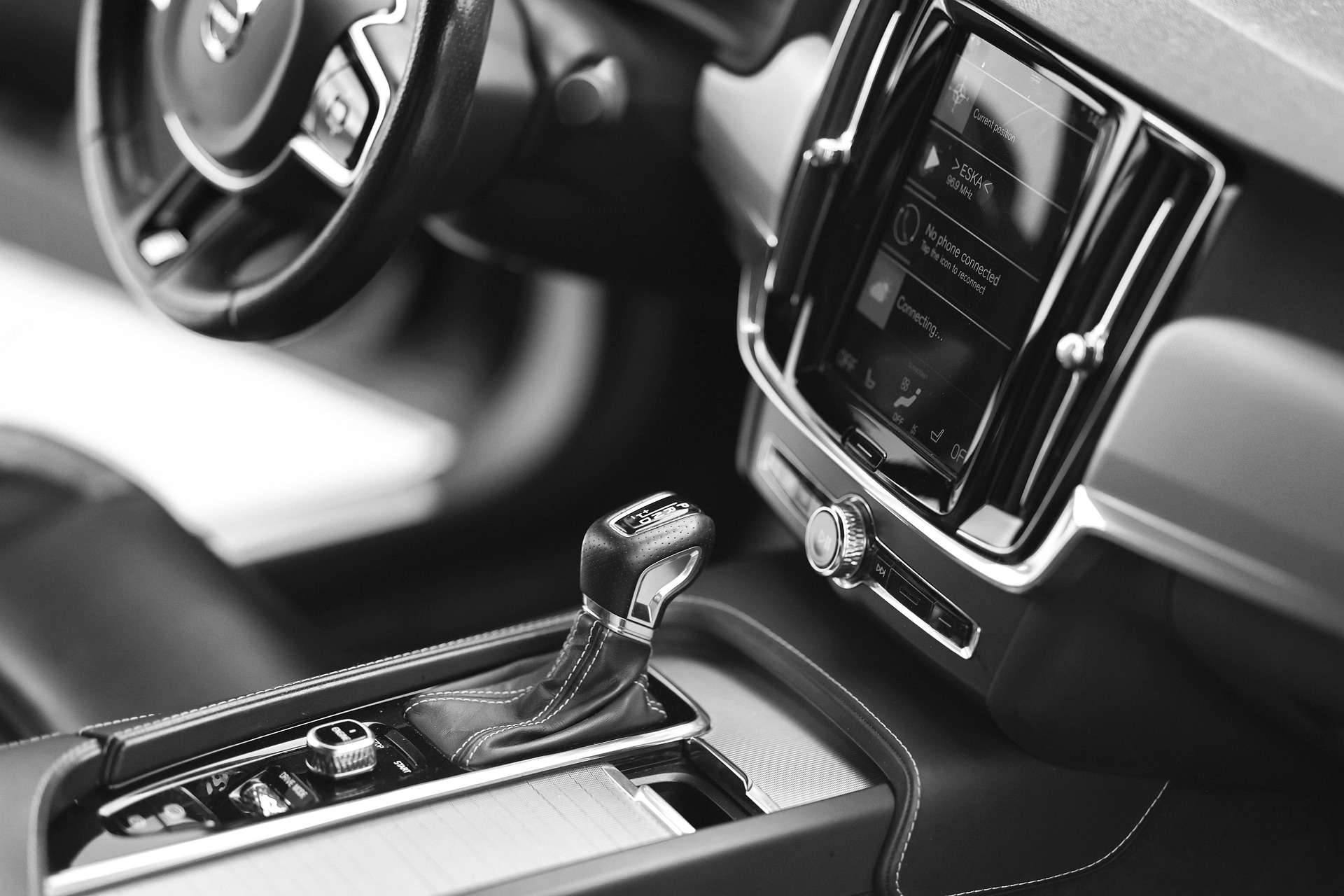Breaking Down the Intricacies of Dual Clutch Transmission Technology
As the automotive world continues its relentless march towards technological advancement, there's one technical marvel that has been steadily gaining traction - the dual clutch transmission. Far from being a recent innovation, this complex system has a rich and intriguing history that belies its modern popularity. Let's take an engaging journey into the heart of dual clutch transmission technology, its roots, current trends, and its profound impact on the automotive world.
A Look Back at the Genesis of Dual Clutch Transmission
The dual clutch transmission, or DCT, may seem like a recent development, but its history goes back further than you might think. The concept was first developed by French engineer Adolphe Kégresse in the early 1930s, but it wasn’t until the late 1980s that the technology was refined and mass-produced by Porsche for their 956 and 962C racing cars.
The Mechanics of Dual Clutch Transmission
The essence of a DCT lies in its design - it essentially houses two separate clutches, one for the odd gears and one for the even. This allows for virtually seamless gear shifting, as the next gear is already preselected in anticipation. This system dispenses with the need for a torque converter, providing improved fuel efficiency and a more direct connection between the engine and wheels, enhancing overall driving dynamics.
Current Trends in Dual Clutch Transmission
In the modern era, the DCT has become a darling of premium and performance car manufacturers. Brands like Audi, BMW and Volkswagen have adopted this technology widely in their range. One of the reasons behind this growing popularity is the balance DCT provides between performance and comfort. While manual transmissions may provide a more engaging drive and automatics more comfort, DCT manages to deliver both.
The Impact of Dual Clutch Transmission
The benefits of DCT are legion. The quick and seamless gear changes not only enhance performance but also improve fuel efficiency. Despite these advantages, it’s not without its challenges. DCTs are complex and expensive to manufacture, which often makes vehicles equipped with them more costly. Furthermore, their intricate design means they can be expensive to repair if things go wrong.
The Future of Dual Clutch Transmission Technology
While DCTs are currently a high-end feature, their adoption in more mainstream models is increasing. The technology continues to evolve, and as it becomes more efficient and affordable to produce, we can expect to see it become more commonplace.
In conclusion, dual clutch transmission technology represents a fascinating intersection between the worlds of performance and comfort. Its historical roots, present applications, and future developments paint a picture of an automotive world that is constantly evolving, and always exciting. This is the world we live in, and as automotive enthusiasts, it’s a world we wouldn’t have any other way.






